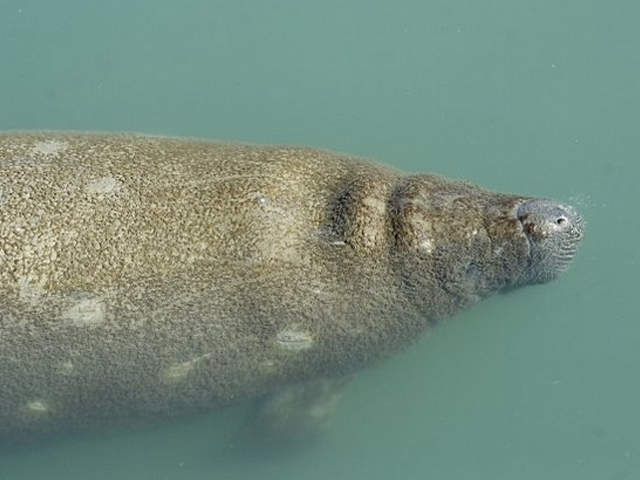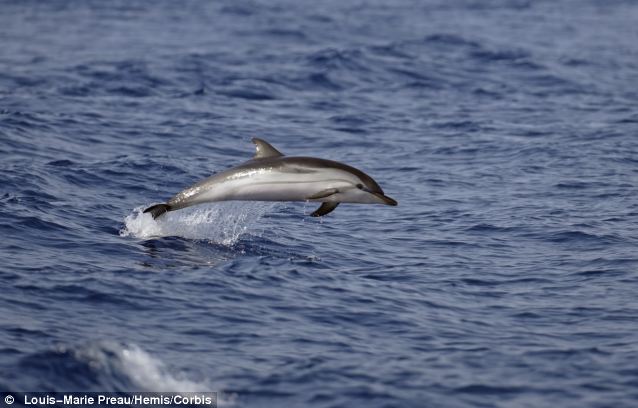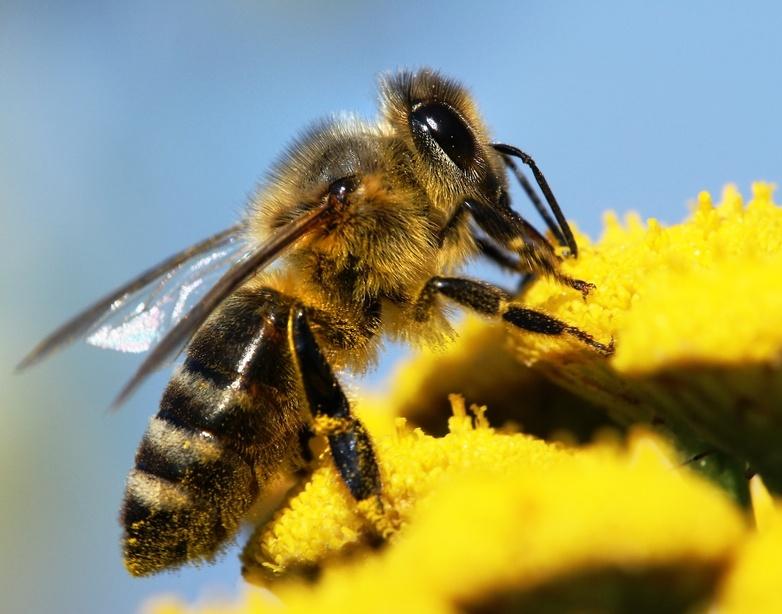
© CHRISTOPHER ARNOLD, Scripps Treasure Coast NewspapersSince July and 2012, a total of 220 manatees have died in the lagoon in Brevard County, about 100 of them under mysterious circumstances; and since February, between 250 and 300 dead pelicans have been found in the same area.
Whatever is killing manatees and pelicans northern Indian River Lagoon
remains unknown, but apparently wildlife along the Treasure Coast won't become victims.
Since July and 2012, a total of 220 manatees have died in the lagoon in Brevard County, about 100 of them under mysterious circumstances; and since February, between 250 and 300 dead pelicans have been found in the same area.
Thomas R. "Tom" Reinert, a research administrator with the Florida Fish and Wildlife Conservation Commission, told members of the Indian River Lagoon National Estuary Program Advisory Board on Wednesday that researchers have been stumped in their efforts to find the cause - or causes.
Asked if the mysterious deaths could migrate south into the lagoon along the Treasure Coast, Reinert replied, "I can't answer that. The cases seem to be localized, with the zone in Brevard County from Sebastian to Titusville being where the deaths are concentrated. And it appears it will remain that way."
In March alone, Reinert said, 56 sea cows died from unknown causes in Brevard County, where the annual manatee death count from all causes averages 111.




